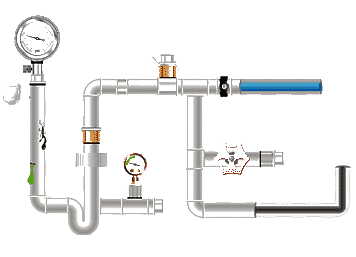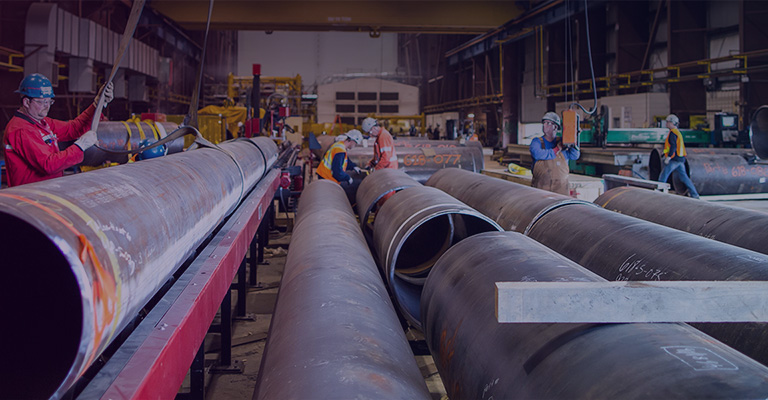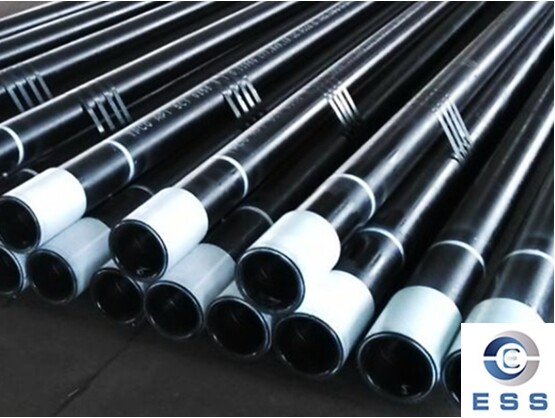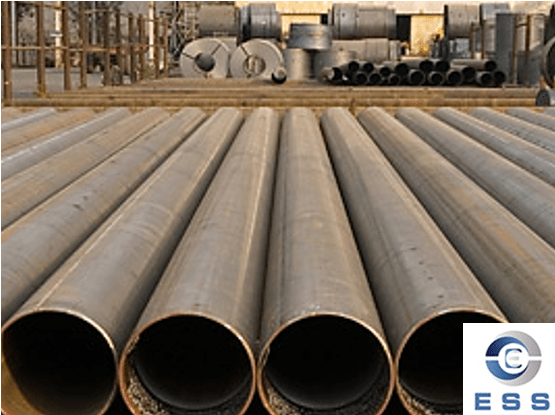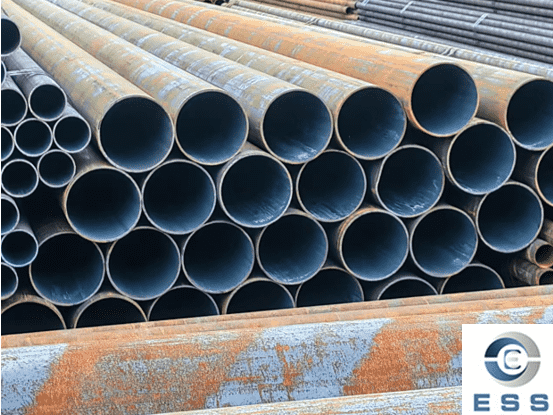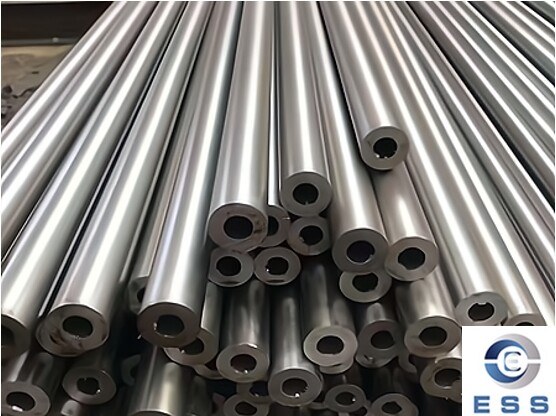
Precision tubes are a crucial industrial
material, widely used in aviation, automotive, electronics, and shipbuilding.
To ensure the quality and performance of precision tubes, a series of relevant
international standards have been established. These standards are discussed
below.
Material Standards for Precision Tube
Precision tubes must possess excellent
physical and chemical properties, so they are generally made from high-quality
steel and specialty alloys. Common international material standards include
ASTM, EN, and JIS.
1. ASTM
ASTM A519: This standard for seamless
precision steel tubes, published by the American Society for Testing and
Materials, applies to seamless carbon steel and alloy steel precision tubes for
mechanical structures.
ASTM A269/A511: Commonly used for stainless
steel precision tubes, widely used in food, chemical, and medical
equipment.
2. EN
EN
10305 series: European standards for precision steel tubes, including
EN 10305-1 (cold-drawn seamless precision tubes) and EN 10305-2 (welded
precision tubes). They are widely used in hydraulic cylinders and automotive
transmission components.
3. JIS
JIS G3445: Japanese Industrial Standard for carbon
steel pipes for mechanical structures, commonly used in automotive
parts.
JIS G3466: Square and rectangular precision
steel pipes for general structural applications.
4. GB
GB/T 3639: Cold-drawn or cold-rolled
precision seamless steel pipes, widely used in hydraulic and pneumatic systems.
GB/T 8713: Seamless steel pipes for
precision inner diameters of hydraulic cylinders.
Dimensional Standards for Precision Tube
Dimensional standards for precision tubes
vary to meet the needs of different industries. Generally speaking, the
diameter and wall thickness of precision tubes are very precise, requiring very
small tolerances. Common international dimensional standards include ISO 1127,
ASTM A511, and ASTM A269.
1. ISO 1127
Applies to the outer diameter and wall
thickness tolerances of stainless steel tubes.
2. ASTM A511
Dimensional specification for seamless
stainless steel mechanical tubes.
3. ASTM A269
Specifies the requirements for stainless
steel precision tubes used in chemical and pharmaceutical equipment.
Surface Treatment Standards for
Precision Tube
Precision tubes must have a smooth,
defect-free, and pit-free surface, making surface treatment a crucial standard.
Common surface treatment standards include bright annealing, pickling, bright
grinding, and polishing. Specific standards vary depending on the product and
intended use.
1. Bright Annealing (BA)
Annealing under a protective atmosphere to
ensure a bright, scale-free finish on both the internal and external surfaces.
2. Pickling
Removes scale and impurities to improve
surface cleanliness.
3. Mechanical Polishing/Grinding
Improves surface roughness to an Ra of ≤0.8 μm.
Quality Control Standards for Precision
Tube
Quality control standards for precision
tubes primarily include chemical composition analysis, mechanical property
testing, appearance and dimensional testing, and surface quality testing.
1. Chemical Composition Testing
The content of elements such as C, Si, Mn,
P, and S, as well as the content of other impurities in the material, is
determined.
2. Mechanical Properties Testing
Tensile strength, yield strength, and
elongation must meet ASTM, EN, and GB requirements. For example, ASTM A519
requires the tensile strength of 1020 steel pipe to be ≥ 415 MPa.
3. Dimensional and Appearance Inspection
Outer diameter, wall thickness, and
straightness are inspected using high-precision equipment. The surface must be
free of cracks, folds, and pitting.
4. Nondestructive Testing (NDT)
Including eddy current testing and
ultrasonic testing to detect internal defects.
5. Metallographic Analysis
Inspects microstructure uniformity to avoid
segregation and coarse grains.
Summary
The standards for precision tubes are very
strict, covering multiple aspects such as materials, dimensions, surface
treatment, and quality control. Understanding these standards is crucial for
both the production and quality control of precision tubes.









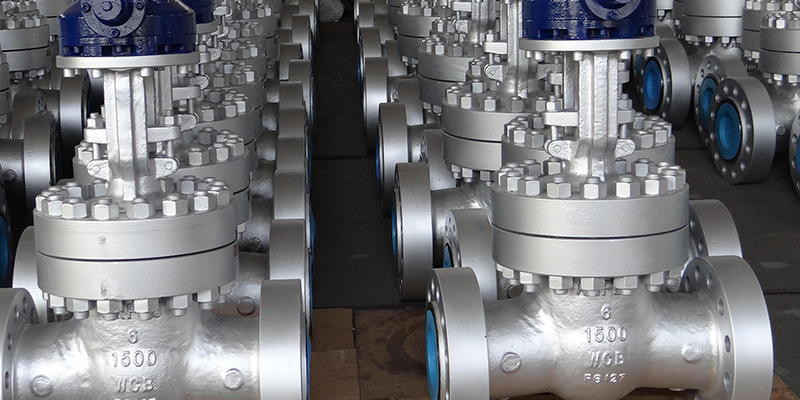
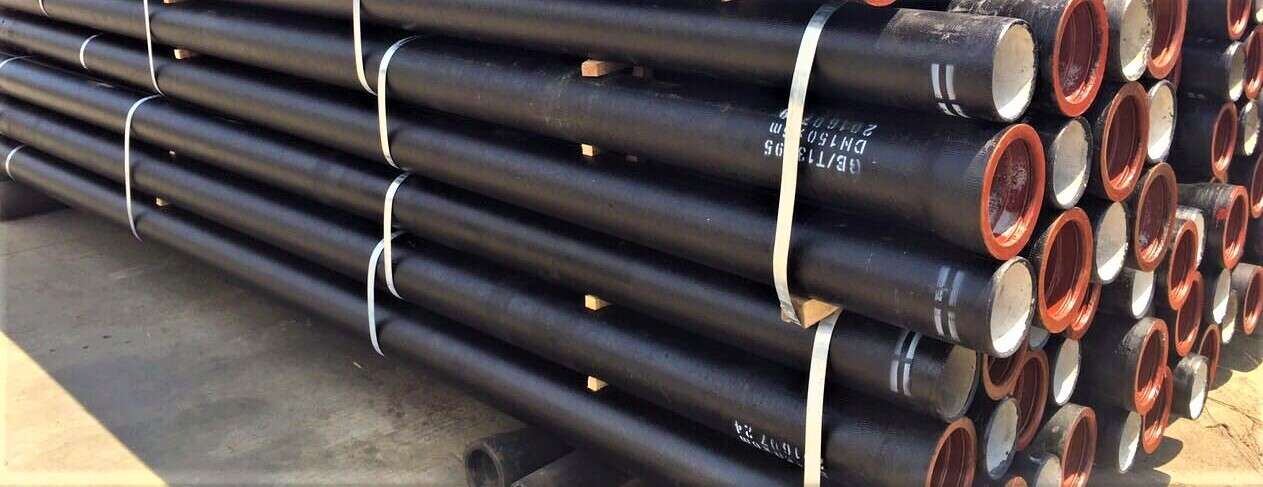


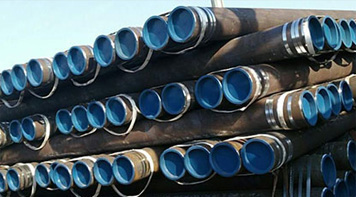 Eastern Steel Manufacturing Co.,Ltd not only improve product production and sales services, but also provide additional value-added services. As long as you need, we can complete your specific needs together.
Eastern Steel Manufacturing Co.,Ltd not only improve product production and sales services, but also provide additional value-added services. As long as you need, we can complete your specific needs together.
